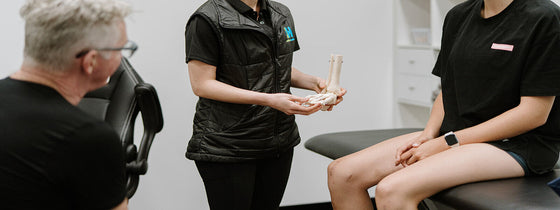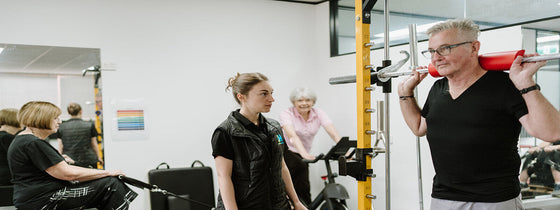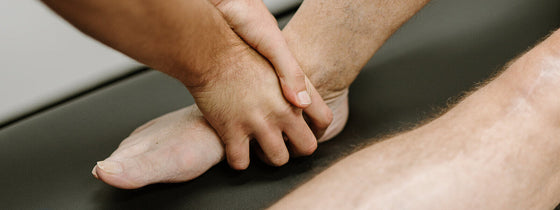What is a scaphoid? The Scaphoid is a bone located at the base of the thumb in the carpal bones of the wrist. The Scaphoid bone is the most commonly fractured wrist bone and accounts for around 15% of wrist fractures. However, young children and the elderly population are the least rare population for these fractures to occur in. So who fractures their scaphoid? The average age for a scaphoid fracture to occur is 29 years old and it is most common in men aged 15-30 years old.
How do Scaphoid fractures occur you ask? Generally, they occur through a person falling onto an outstretched hand when running, jumping or participating in sport. However, they can also occur with punching type movements such as boxing or spoiling in football. Generally, a patient will experience a dull ache in the thumb side of the wrist, usually mild in severity. Often the pain is aggravated by pinching or gripping, and the wrist may appear swollen and bruised. A physiotherapist is highly trained to assess these types of injuries to see if a scaphoid fracture has occurred.
But patients beware, often a fracture can be suspected upon physical examination but an x-ray can produce a negative result. In cases such as this, the continued presence of pain, weakness and decreased stiffness in the wrist means that it is vital for patients get repeat x-rays 7-14 days later to reassess the severity of the injury. This can be in the form of an x-ray, CT or MRI as guided by your healthcare professional.
If pain does persist and the scaphoid fracture does not get identified, there is the possibility of the bone not fusing back together properly- known as non-union or delayed union. This can result in persistent wrist pain, reduced grip strength and limited hand and wrist range of motion which may require surgical treatment.
Generally though, the management of scaphoid fractures that are not displaced involve immobilization in a cast for 6-8 weeks. At the time of removal repeat scans are performed to check that the bone has healed. Surgery is only required when cases are severe or there is non-union as deemed by your health professional.
After your time in the cast, it is important that you see a physiotherapist to commence gentle hand, wrist and forearm strengthening and movement exercises. Doing this helps to improve bone density and ensures your bones are strong and less brittle going into the future. In saying this, return to sport and match play should be gradual to allow time for the bone to fully heal and adapt to the changes in load that occur when coming out of a cast to reduce the chance of overuse injuries after not using the wrist joint in so long
If you or someone you know has suffered a scaphoid fracture, or any other fracture for that matter, it’s time to get you back doing what you love. Please get into contact with your GP and one of our expert physiotherapy team at OHL to help you in getting back to your optimal health.

If you're experiencing back or neck pain with neurological signs and symptoms, a thorough neurological examination is crucial for accurate assessment and effective treatment. In this Optimal Tip learn more about what we mean by completing a neurological exam!

Squats, deadlifts, and calf raises are key movement patterns that should be part of every strength and conditioning program—regardless of age and activity level. These functional movements support joint health, improve posture and balance, and reduce the risk of injury while building strength where it matters most.

A ganglion cyst is a fluid-filled swelling that typically forms over a joint or tendon sheath, causing discomfort and pain, especially when pressing against nerves or joints. Proper assessment and treatment, including physiotherapy, are essential for managing symptoms and improving function in the presence of a ganglion in your hand, foot, or wrist.